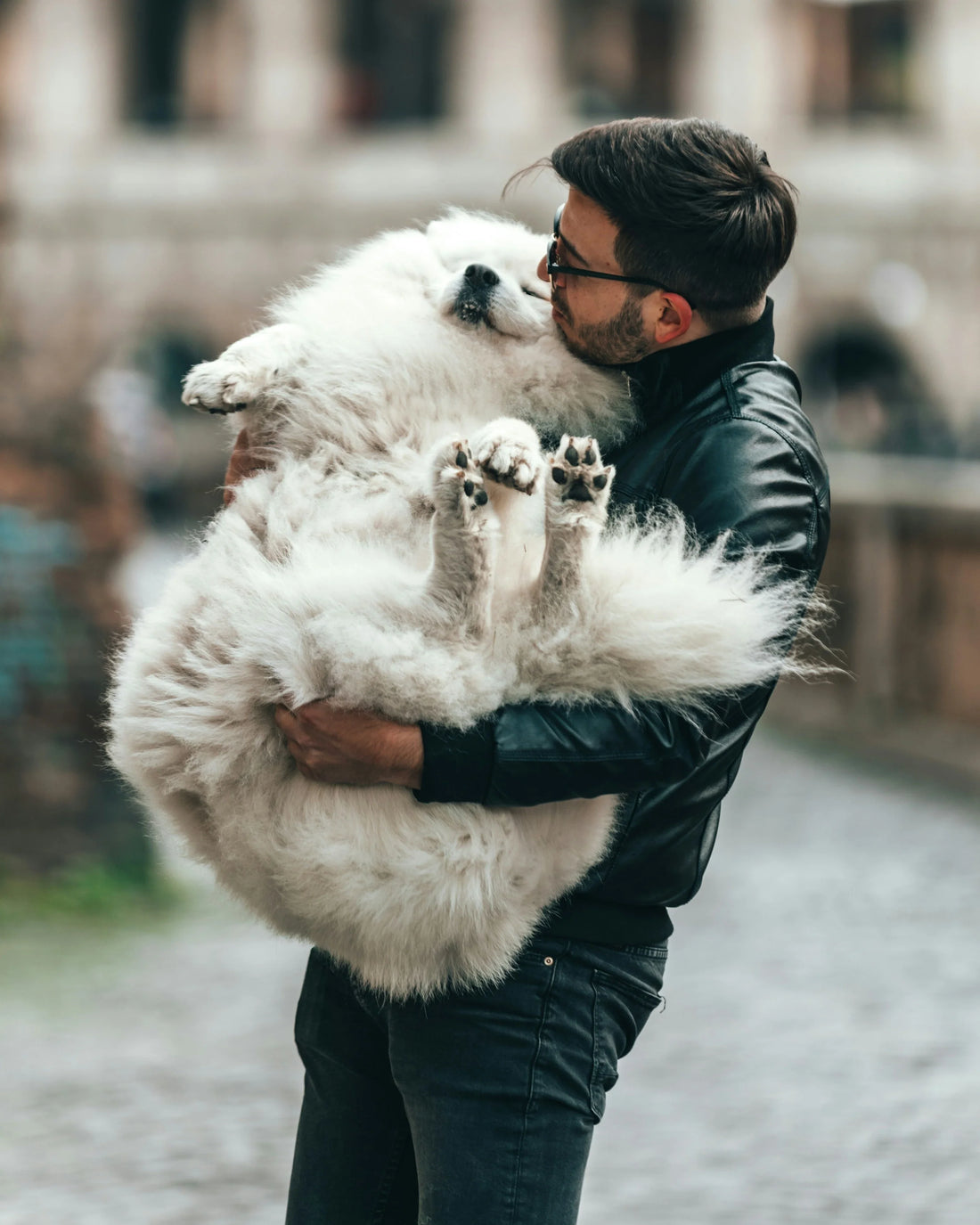
Is your dog single or double coated? (And why it matters)
Share
Just looking at your dog on a hot day can make you sweat. But knowing whether your dog is double-coated or single-coated - meaning, what their fur structure is - has a big impact on their summer grooming.
Double Coated Breeds: Never Shave
Double coated breeds include Golden Retrievers, German Shepherds, Huskies, Border Collies and Shiba Inus. They have:
- Undercoat: Soft, dense, and fluffy. It acts as insulation—keeping dogs warm in winter and helping to regulate heat in summer.
- Topcoat (Guard hairs): Longer, coarser hairs that repel water and dirt, and shield the skin from sun and injury.
Double-coated dogs should not be shaved - it removes their protection and can disrupt natural temperature regulation. This thermal image of a double-coated dog shows that shaved areas reach a temperature of 30.8°C/86°F vs. 24°C/75°F for non-shaved areas.
Regular brushing (especially during shedding seasons) helps remove loose undercoat and allows airflow.
Single-Coated Breeds
Single coated breeds include Poodles, Maltese, Boxers, Greyhounds, and Boston Terriers. These dogs have just one layer of fur with no insulating undercoat.
Single coated breeds:
- Often have finer or curlier hair.
- Usually shed less and may be considered more “hypoallergenic.”
- Can be more vulnerable to cold and sunburn due to lack of undercoat.
- Single-coated breeds can be trimmed or shaved more safely (though still with care), and may need sunscreen or sun protection if skin is exposed.
Pack It All Up
Check if your dog is single or double coated before deciding on their summer do. And while double coated dogs shouldn’t get a shave, they too should be groomed to ensure their fur isn't matted and that there is ample air circulation to keep them nice and cool.



